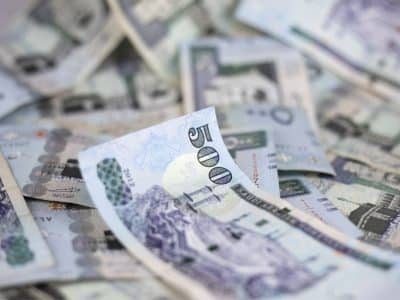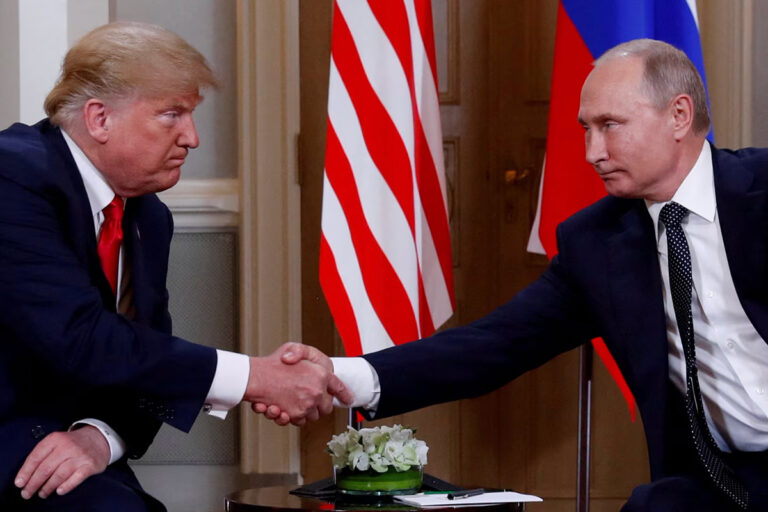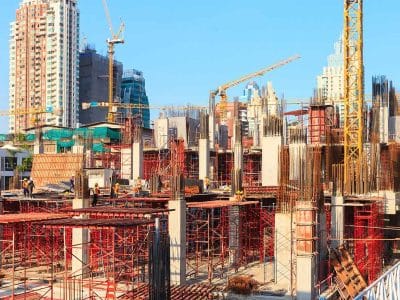US President Donald Trump and Russian President Vladimir Putin will meet on Friday in Alaska for their first face-to-face since Trump’s return to the White House, in a high-profile attempt to explore ways to end the war in Ukraine.
The talks, at Elmendorf Air Force Base, mark Putin’s first visit to a Western country since he launched the invasion in February 2022, and his first trip to the United States in a decade.
Ukrainian President Volodymyr Zelenskyy will not be present, a fact that underscores both the narrow scope of the meeting and the scepticism among Kyiv and its European allies that it will produce tangible results. Still, the symbolism and potential geopolitical consequences make the summit one of the most closely watched diplomatic encounters of the year.
Why this matters
The Alaska summit is significant for several reasons. For Washington, it is a test of Trump’s ability to navigate high-stakes diplomacy with a counterpart known for exploiting divisions among adversaries. For Moscow, it offers a rare chance to break out of diplomatic isolation and demonstrate that the United States still sees Russia as an indispensable player in resolving Europe’s largest conflict in decades.
The choice of location carries both practical and symbolic weight. Alaska is less than 100 km from Russia’s easternmost point, allowing Putin to travel without crossing “hostile” airspace. Russian state media have also seized on the venue’s historical resonance – the territory was sold by Tsarist Russia to the United States in 1867 – to boost the Kremlin’s argument that borders can change over time, a theme it uses to justify its actions in Ukraine.
For Europe, the meeting is a reminder that decisive moves in the war could be shaped in bilateral talks between Washington and Moscow, with EU leaders left on the sidelines. Any shift in US–Russia relations could alter the trajectory of the conflict and the region’s security architecture for years to come.
What Russia wants
The Kremlin’s stated objectives remain unchanged since its June draft peace proposal.
Moscow is seeking formal recognition of its control over four Ukrainian regions – Donetsk, Luhansk, Zaporizhzhia and Kherson – that it claims to have annexed in 2022. It also wants Ukraine to abandon its bid for NATO membership, halt military mobilisation, and accept limits on its armed forces.
Another key demand is the lifting of Western sanctions, which have targeted Russia’s energy exports, financial system and access to technology. While the Russian economy has adapted in part by redirecting trade to Asia, officials in Moscow privately acknowledge the pressure from falling oil and gas revenues and a growing budget deficit.
Putin is also using the summit as a stage to reassert Russia’s relevance on the global stage. By meeting the US president on American soil – and without Ukraine or European leaders present – the Kremlin can present the encounter domestically as proof that it remains a power Washington must engage with directly.
What the United States wants
Trump has repeatedly said he wants “a ceasefire very, very quickly,” casting himself as a potential peacemaker. The White House has described the Alaska talks as a “listening session” aimed at gauging Putin’s willingness to compromise. Trump has suggested that, if the meeting goes well, a second summit could follow with Zelenskyy included.
The president faces political pressure at home to deliver on his campaign promise to end the war, a pledge that has so far proved elusive. His approach has shifted over recent months – from hinting at possible “land swaps” to warning of “very severe consequences” if Russia continues its offensive. That inconsistency has unsettled US allies, who fear Washington could press Ukraine into concessions it is unwilling to make.
While Trump has ruled out supporting Ukraine’s entry into NATO, he has also voiced frustration at Russia’s targeting of civilian infrastructure. Balancing those positions – while avoiding the perception of granting Putin a diplomatic victory – will be a central challenge of the Alaska meeting.
What Ukraine wants
Zelenskyy has dismissed the Alaska summit as a “personal victory” for Putin and insists that Ukraine must be directly involved in any peace process. Kyiv’s conditions for talks are a full and unconditional ceasefire, the complete withdrawal of Russian forces, and binding international security guarantees to deter future attacks.
Ukraine is also demanding the return of prisoners of war and the repatriation of thousands of children it says were forcibly taken to Russia since 2022. Moscow denies abducting children but confirms that many are now in Russian territory, often under new guardianship arrangements.
Kyiv has made clear that sanctions on Russia should only be lifted gradually and with mechanisms to reinstate them if agreements are violated. Any deal that omits these elements, Ukrainian officials say, would be unacceptable.
European concerns
European leaders have been largely excluded from major peace discussions in recent months, including previous US-Russia contacts in Riyadh and talks between Russian and Ukrainian officials in Istanbul.
France, Germany, Britain, Italy, Poland and the European Commission issued a joint statement last week warning that any territorial decisions must be made by Ukraine itself.
French President Emmanuel Macron reiterated that position after speaking with Trump on Wednesday, while British Prime Minister Keir Starmer said he was encouraged that the US leader appeared focused on securing a ceasefire rather than pressing Ukraine into territorial concessions. Both have raised the possibility of deploying peacekeepers in Ukraine once fighting stops – an idea firmly rejected by Russia.









